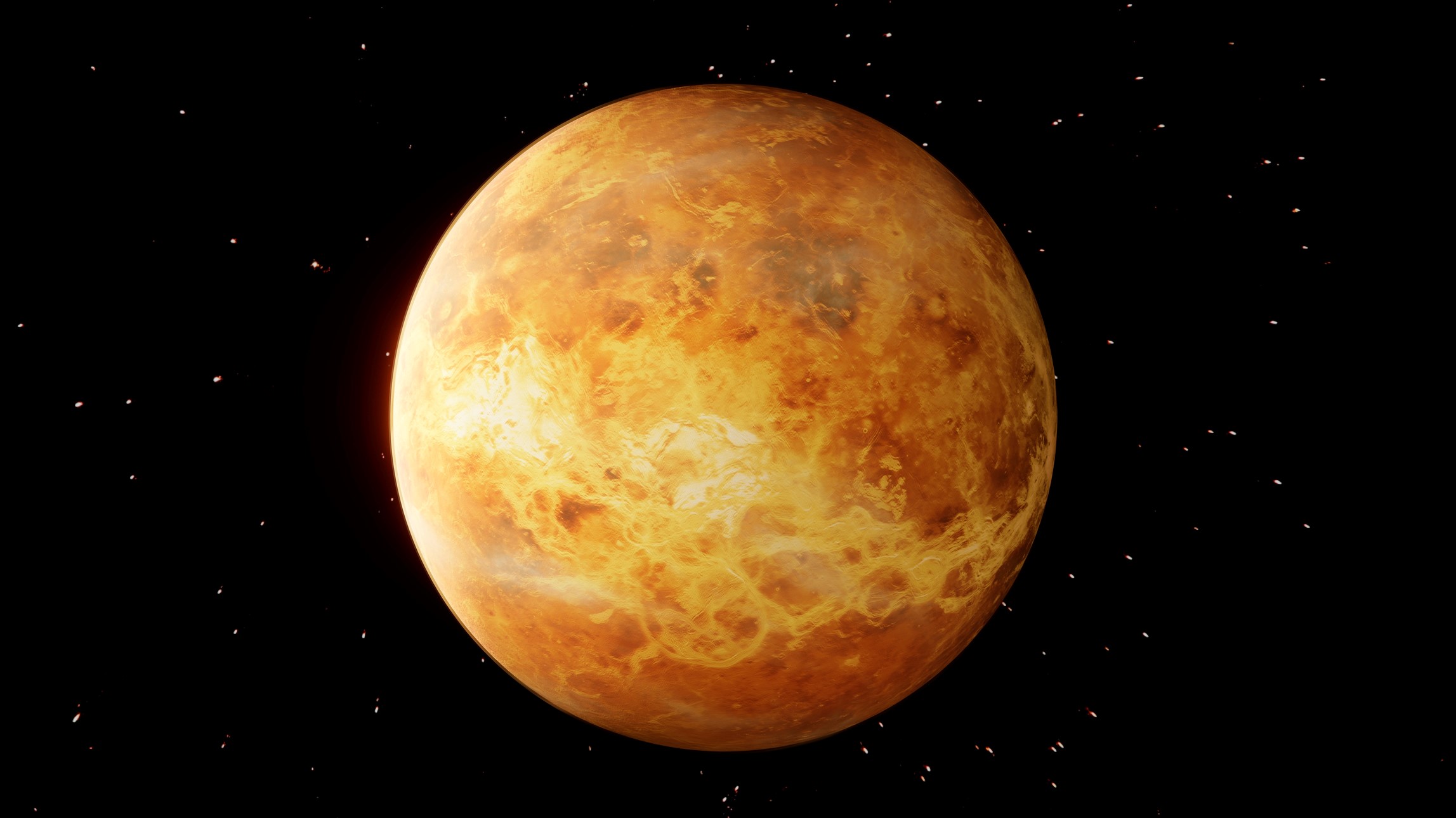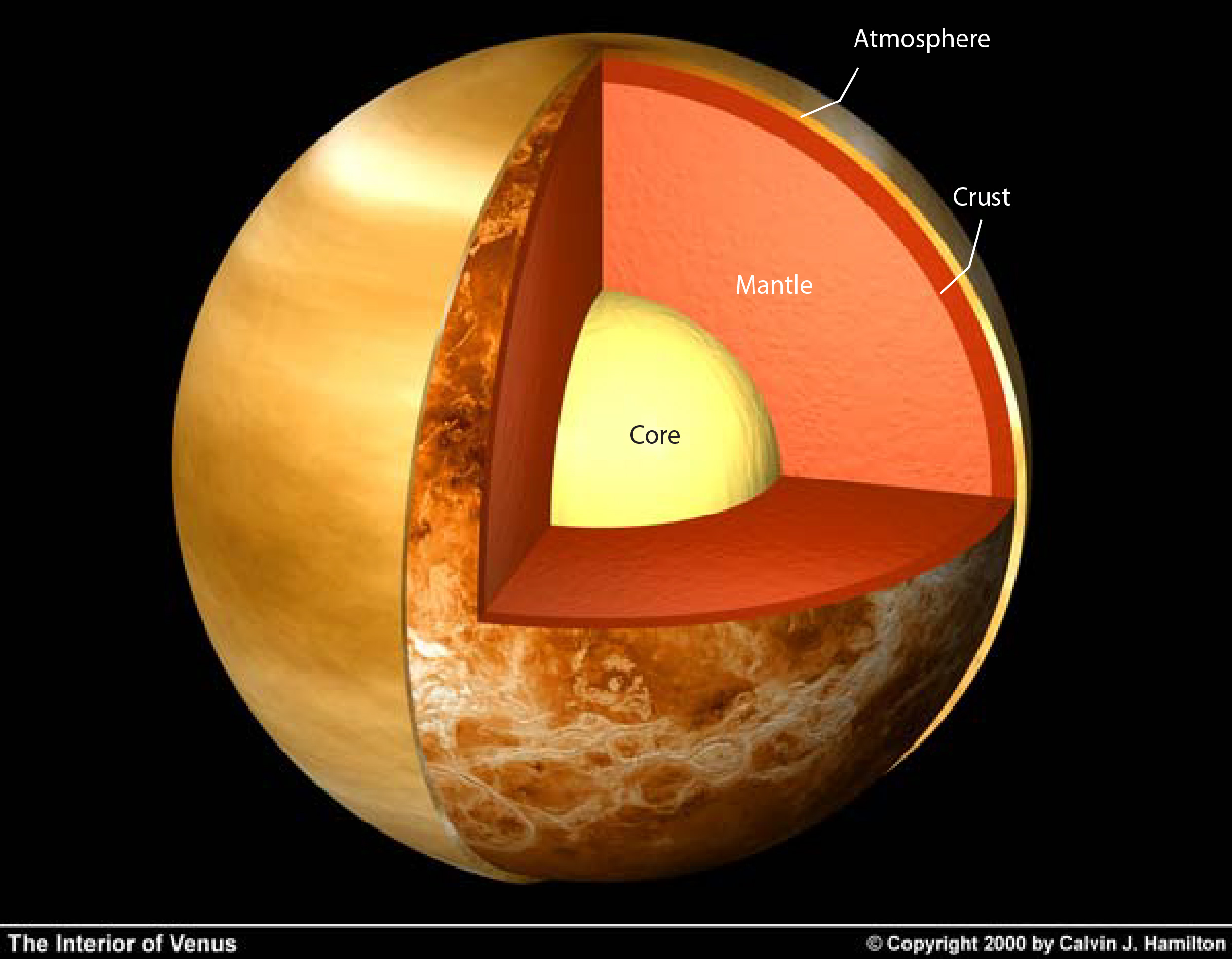Venus The Morning Star 2023 facts and information:शुक्र ग्रह भोर का तारा तथ्य और जानकारी 2023
Introduction
Our Solar System is a vast and fascinating space with eight planets revolving around the sun. Each planet has its unique characteristics and features that make it different from the others. Among these planets, Venus stands out as one of the most fascinating and intriguing planets in the Solar System.

Venus The Morning Star facts and information:शुक्र ग्रह भोर का तारा तथ्य और जानकारी
Overview of Venus
Venus is the second planet from the sun and is often referred to as the Earth's sister planet due to its similar size, mass, and composition. Venus is a rocky planet, just like Earth, but there are significant differences between the two. Venus has a thick atmosphere that consists mainly of carbon dioxide, which creates a greenhouse effect and makes Venus the hottest planet in our Solar System.
Physical Characteristics of Venus
The physical characteristics of Venus are fascinating and unique. Here are some notable features of the planet:
Size and Mass

Venus The Morning Star facts and information:शुक्र ग्रह भोर का तारा तथ्य और जानकारी
Venus has a diameter of approximately 12,100 km, which is slightly smaller than Earth's diameter. Its mass is also similar to that of Earth, with a mass of approximately 4.87 x 10^24 kg.
Atmosphere
Venus's atmosphere is composed mainly of carbon dioxide, with small amounts of nitrogen and sulfur dioxide. The pressure at the surface of Venus is about 90 times greater than the Earth's atmospheric pressure, making it a challenging environment for any potential explorers.
Surface Features
The surface of Venus is relatively smooth and featureless due to the planet's young geological age. There are few impact craters, indicating that the surface is relatively new, and there is evidence of volcanic activity.
Exploration of Venus

Venus The Morning Star facts and information:शुक्र ग्रह भोर का तारा तथ्य और जानकारी
Exploration of Venus has been challenging due to the harsh conditions on the planet's surface. Despite the challenges, several spacecraft have visited Venus to study the planet's atmosphere and surface.
Venera Missions
The Soviet Union sent several spacecraft to Venus in the 1960s and 1970s, collectively known as the Venera missions. These missions provided the first close-up images and data of Venus.
Magellan Mission

Venus The Morning Star facts and information:शुक्र ग्रह भोर का तारा तथ्य और जानकारी
In the 1990s, NASA's Magellan spacecraft used radar to map the surface of Venus, providing detailed images of the planet's topography and geological features.
Possibility of Life on Venus

Venus The Morning Star facts and information:शुक्र ग्रह भोर का तारा तथ्य और जानकारी
Due to the extreme conditions on Venus's surface, it is unlikely that any form of life exists on the planet. However, some scientists speculate that life may exist in the planet's upper atmosphere, where the temperature and pressure are more moderate.
Conclusion
Venus is an intriguing planet that has captured the imagination of scientists and space enthusiasts alike. Although Venus's harsh conditions make it a challenging environment for exploration, the planet's unique features and characteristics continue to fascinate and inspire us.
FAQs
1.Is Venus the hottest planet in the Solar System?
Yes, Venus is the hottest planet in the Solar System due to its thick atmosphere of carbon dioxide that creates a greenhouse effect.
2.How far is Venus from Earth?
Venus is the second closest planet to Earth and is approximately 38 million kilometers away at its closest approach.
3.Does Venus have any moons?
No, Venus does not have any moons.
4.Has anyone landed on Venus?
No, no human has landed on Venus. The Soviet Union sent several spacecraft to Venus in the 1960s and 1970s, but no humans have visited the planet.
5.Can Venus sustain life?
Due to the extreme conditions on Venus's surface, it is unlikely that any form of life exists on the planet. However, some scientists speculate that life may exist in the planet's upper atmosphere.





Post a Comment